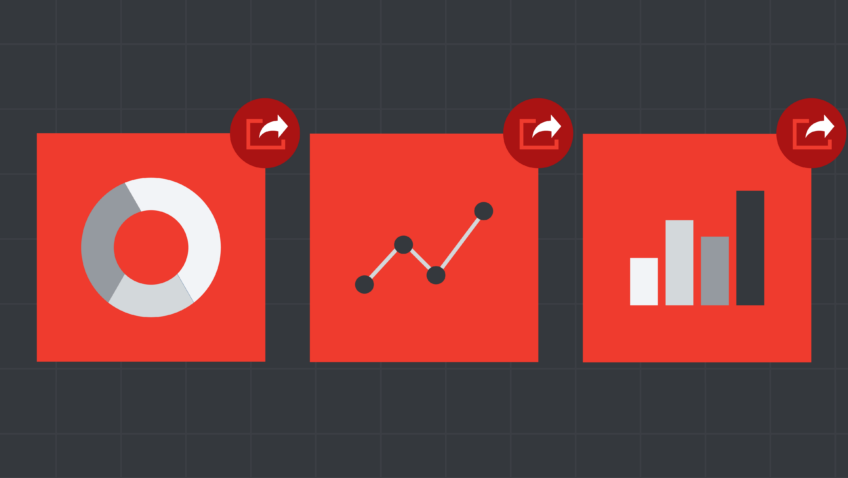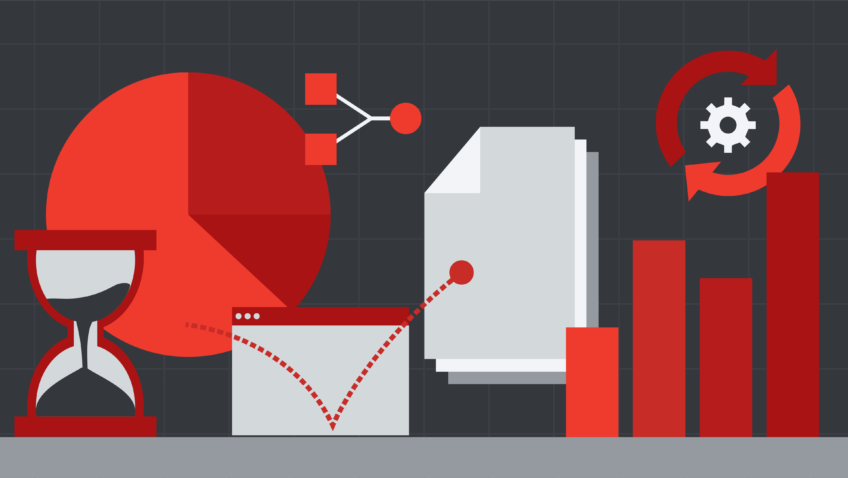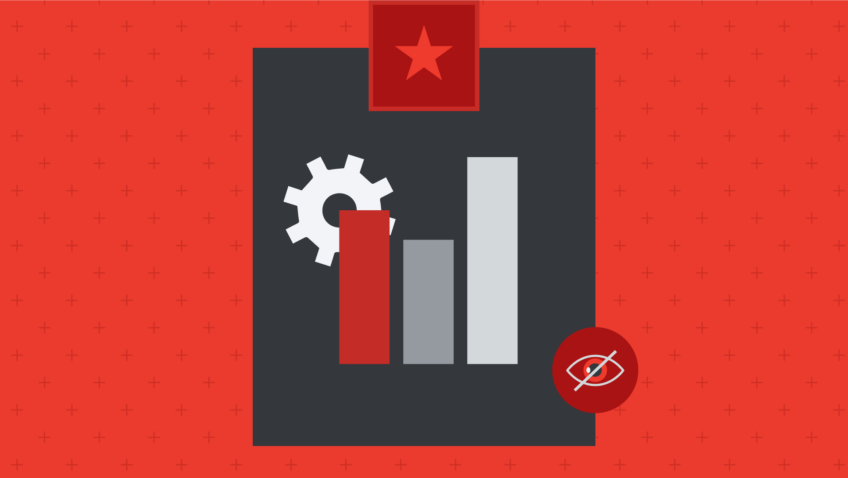Think Like a Data Analyst
S.M.A.R.T. Questions To Improve Your Website
Picture it: You’ve been collecting Google Analytics data about how users are interacting with your website, using the data sporadically, and reporting on top-line metrics to grantmakers or your board.
But you want to do more than just collect data and regurgitate KPIs—you want to be data-driven and use data to inform decisions and strategy.
- Step 1: Data Collection
- Step 2: KPI Reporting
- Step 3: Behavioral Analysis ← You are Here! ⭐
- Step 4: Insights & Optimization
Congratulations! You’ve officially entered stage three of the analytics process: activating data through behavioral analysis. It’s an exciting place to be, and also where the fun starts. You’ve graduated from the basics of data collection and reporting, and now embark on more in-depth analyses of user behavior that lead to actionable insights.
This stage can feel overwhelming, but fear not! Follow the framework below to start thinking like an analyst and making the most of your website data.
THE S.M.A.R.T. FRAMEWORK
Any analysis starts with a question: How did users arrive at my website? What pages did they visit? But broad questions can sometimes lead to unfocused analysis and unclear insights.
S.M.A.R.T. questions are often used to structure academic research and can help make sure your analysis is oriented toward meaningful insights. Let’s break the acronym down:
Specific
The narrower the focus of your analysis, the better. A popular landing page, specific module, or key functionality is a great place to start.
Measurable
Google Analytics captures some user behavior by default, but sometimes engagement with certain modules, media, or content is not automatically captured. Consider what behavior you want to understand and ensure you have all the tracking in place to gather the data you need.
Actionable
Ultimately the goal of analysis is to inform some kind of change. That could be optimizing a landing page, adjusting campaign placements or targeting, iterating on navigation design, or improving the placement and clarity of a call to action. Think about what action you will take based on your findings and what resources might be required to make that happen.
Relevant
Start with something you are personally interested in or curious about, something that is a point of contention at your organization, something your team has discussed recently related to the website, or even something that bothers you about your website.
Time-Bound
Give your analysis some kind of time constraints. You want to consider a period of time that best represents your typical audience and take into account any changes that were made on your site. Some organizations are highly seasonal, so you’ll want to take this into account in your analysis.
In my experience, the most significant of these criteria are actionable and relevant. Priorities and resources vary, so the data that will be valuable and the data you will be able to act on will vary across organizations. Focusing your analysis on the decisions you need to make ensures your findings will be meaningful and your decisions will be informed by data.
WANT TO DIVE DEEPER?
CI can be your partner in asking and answering S.M.A.R.T. questions to drive insights and inform decision-making. Explore our analysis project options and get in touch to learn more.











